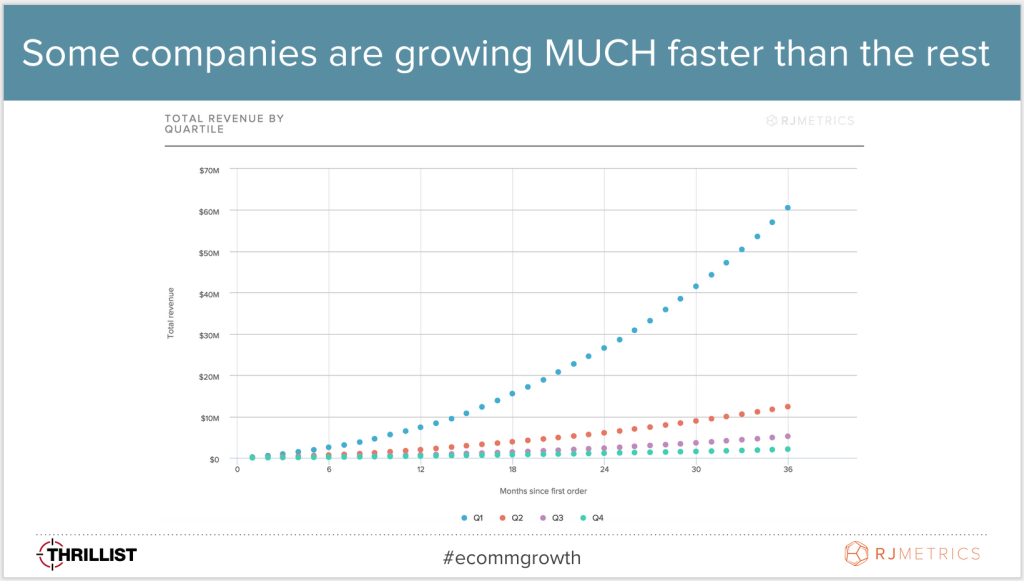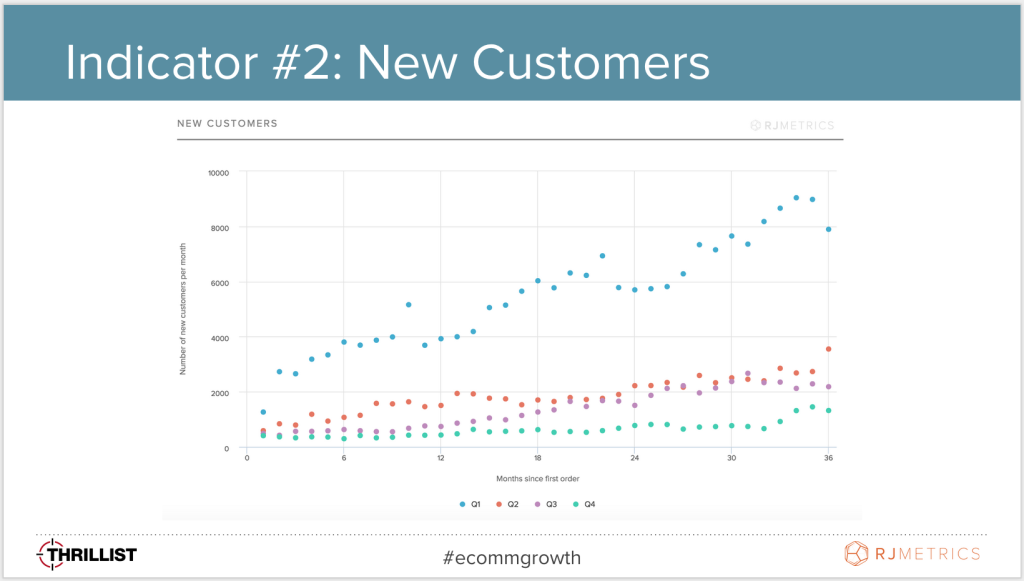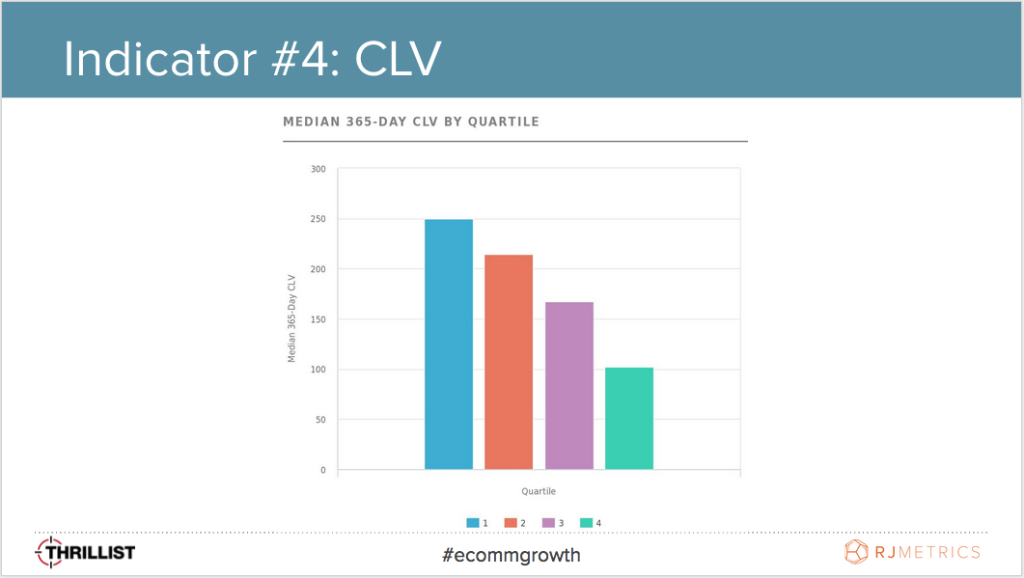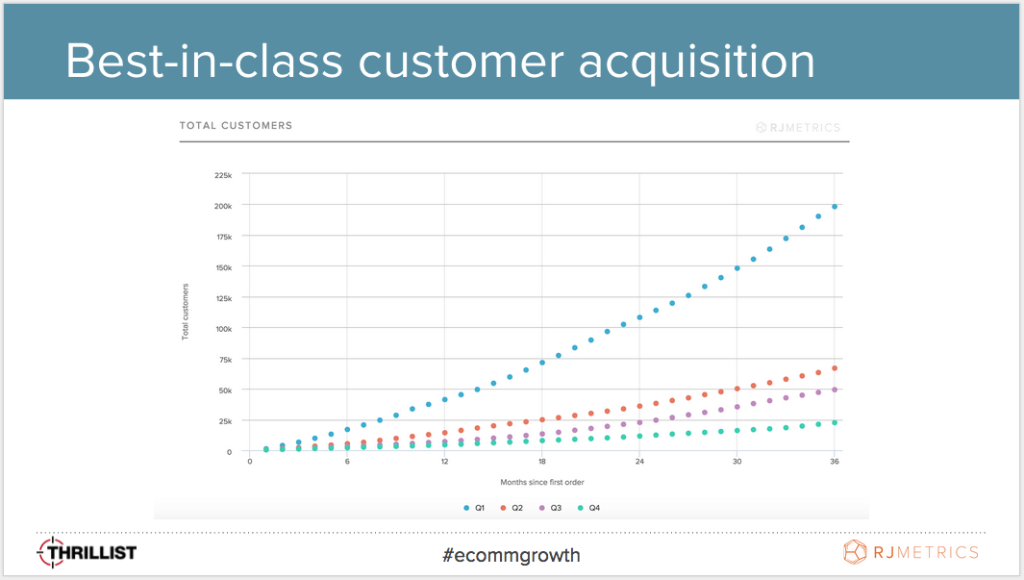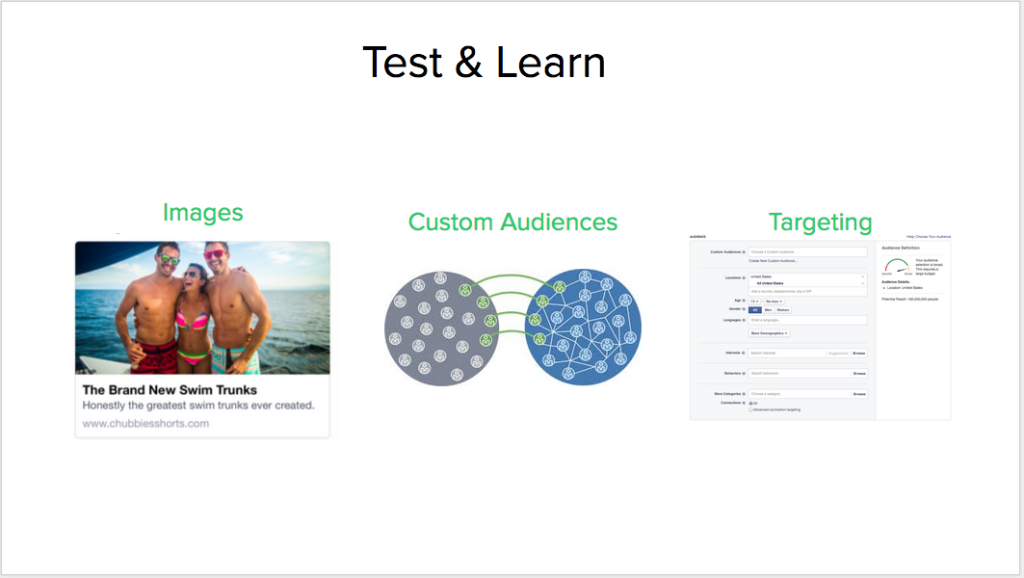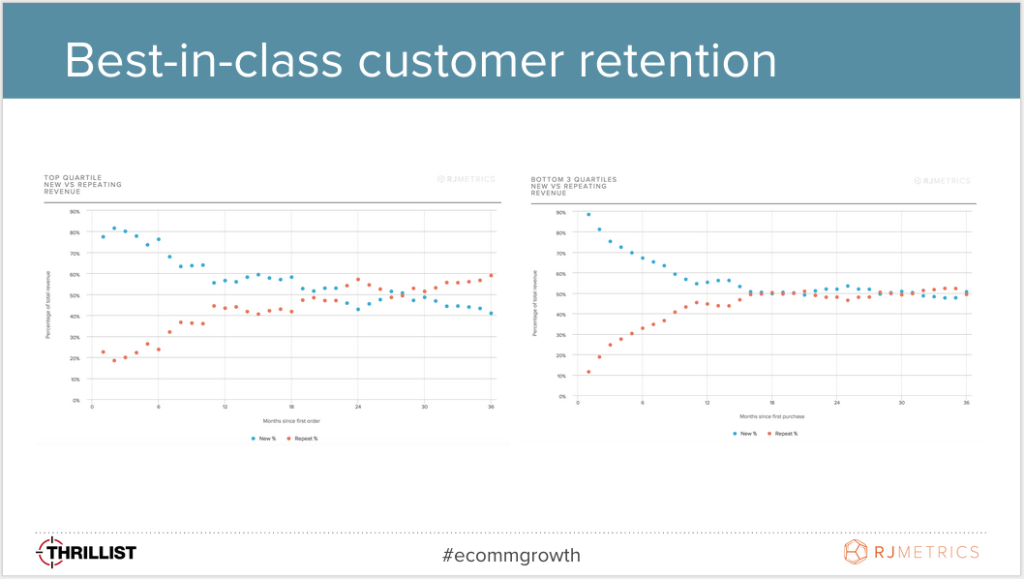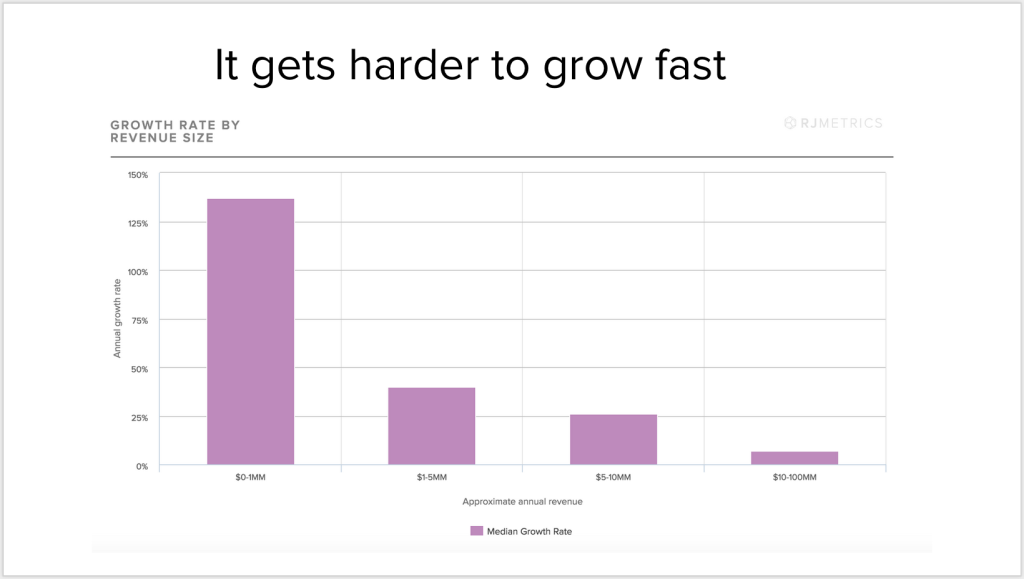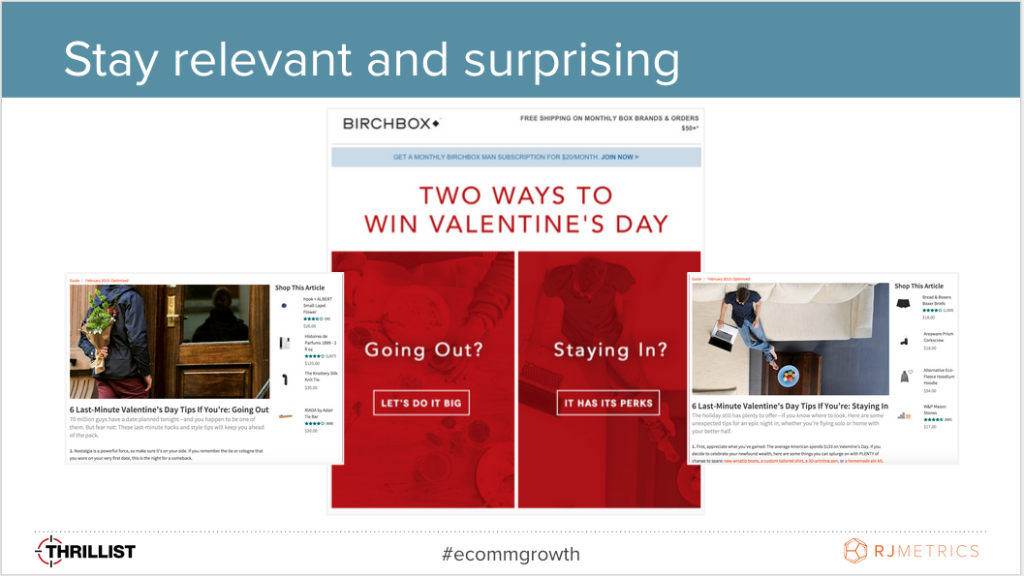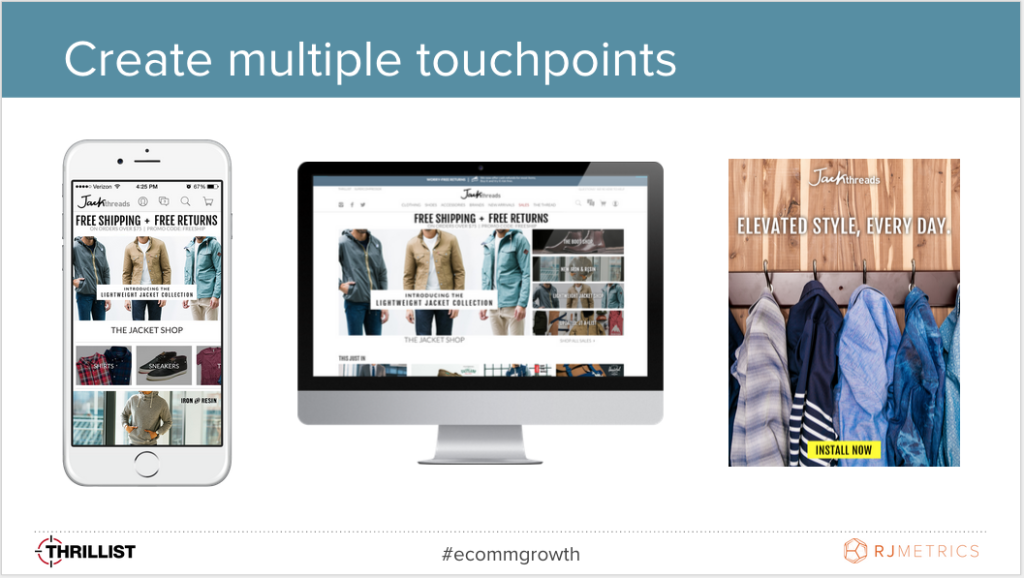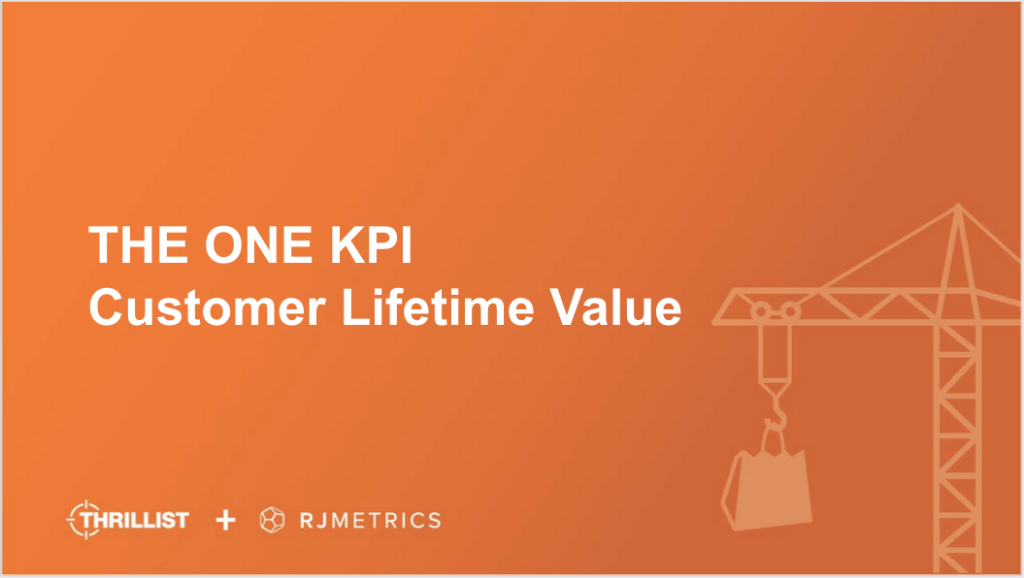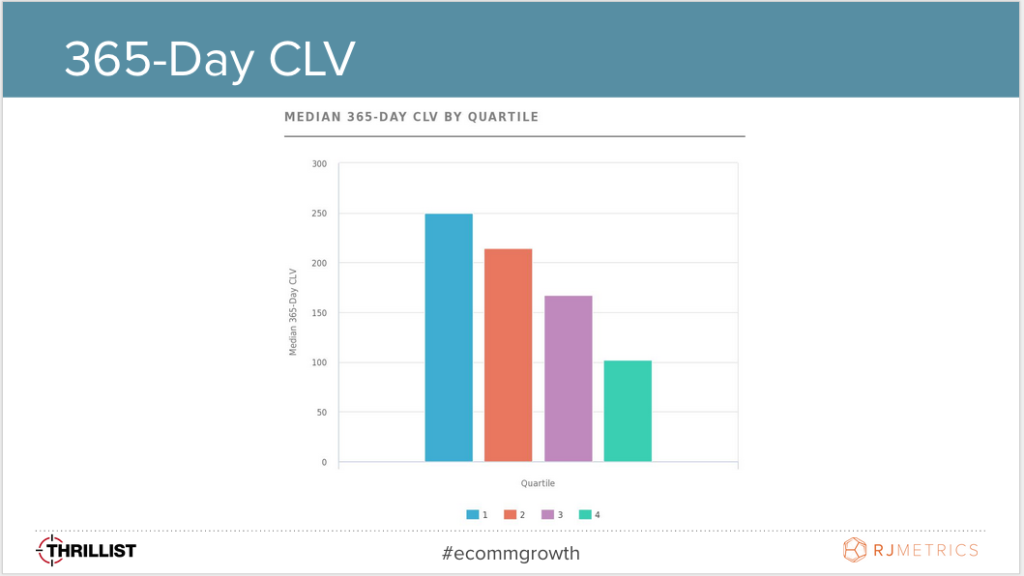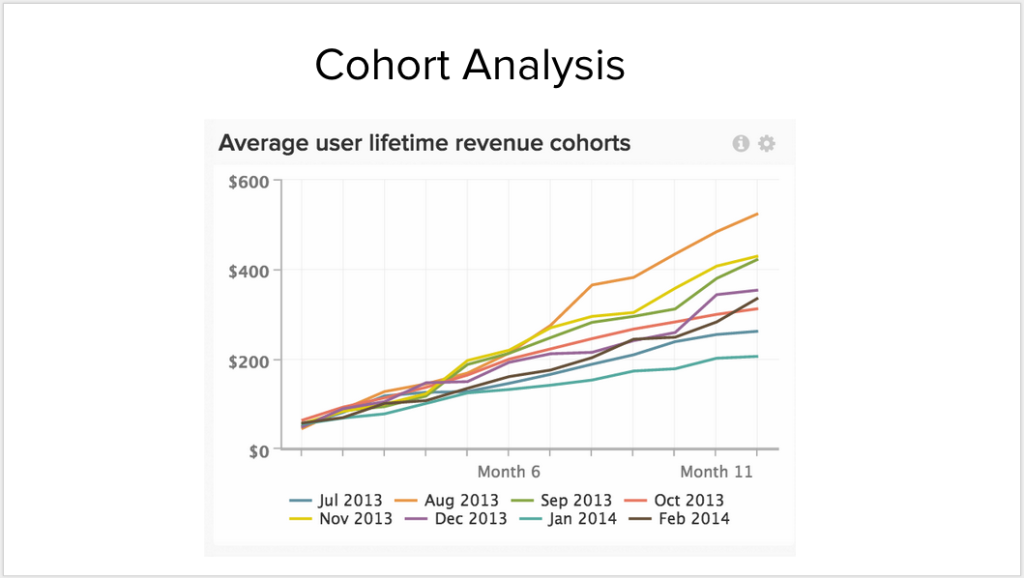How to Start a High-Impact Mentoring Program
Looking
to start a mentoring program? That’s great. Mentoring is a proven
approach to drive rich learning and development for both men tees and
mentors. Mentoring also benefits the sponsoring organization.
For employers, mentoring increases retention, promotion rates, and
employee satisfaction. At universities, student mentoring is proven to
improve student retention, boost job placement rates, and increase
alumni engagement when tapping alumni as mentors.
A thriving, impactful mentoring program is within your reach. But great mentoring programs don’t just happen. They are built through thoughtful planning and sustained commitment to guiding participants through the mentoring process while continually improving the program.
A thriving, impactful mentoring program is within your reach. But great mentoring programs don’t just happen. They are built through thoughtful planning and sustained commitment to guiding participants through the mentoring process while continually improving the program.
Sound like a lot of work? It can be, but the right tools will make
the effort much easier. Mentoring software provides a complete program
environment that helps organizations start, manage, and measure all
types of mentoring programs.
Here are the five key tips for starting a successful mentoring program.
1. Design Your Mentoring Program
The starting point for any mentoring program begins with two important questions:
- Why are you starting this program?
- What does success look like for participants and the organization?
Successful mentoring programs offer both structure and flexibility. Structure provides participants a mentoring workflow to follow and is critical to help participants achieve productive learning that reaches defined goals. Similarly, flexibility is essential to support varying individual mentoring needs across specific learning goals, preferences, and learning style.
Key design decisions include:
- Enrollment – is it open, application, or invite only?
- Mentoring style – can be traditional, flash, reverse
- Connection type – possibly 1:1, group, or project
- Connection duration – typically weeks or months, or perhaps even just a single session
- Community/social aspects beyond formal mentoring, tracking and reporting needs.
Mentoring software allows you to deliver a wide-variety of mentoring programs. Regardless if a small or large program, mentoring software is easy to configure and will save you time and cost in getting your program started and running smoothly.
See how software walks you through configuring a program
2. Attract Participants for Your Mentoring Program
The best designed mentoring programs won’t get far without effective program promotion, mentor recruitment, and training.
When new mentoring programs are introduced in organizations, there is
generally natural enthusiasm. Yet this enthusiasm doesn’t always
translate into high participation rates. A common reason is the absence
of effective promotion. Don’t assume potential mentors and mentees
understand the benefits. For many, this will be their first opportunity
to participate in mentoring. You will need to convince them that
participating is worth their time and effort. Beyond participants, key
leaders and stakeholders will need to be educated on the benefits of the
program and strategic value to the organization.Consider the needs of mentors. Building a solid base of mentors can be a challenge. It is important to understand the positive and negative factors that impact mentor participation. Once you have identified them, look for creative ways to reinforce positive drivers and lower the hurdles of negative ones throughout the mentoring process. For example, mentors are often busy people with limited time to spend. How can you help mentors be more efficient with the time they have to dedicate to mentoring? Also consider recognition and reward strategies. Formally recognizing mentor involvement can be very motivating and help attract additional mentors to the program.
Lastly, productive mentoring doesn’t just happen. Provide training to mentors and mentees regarding the program’s goals, participant roles, mentoring best practices, and your mentoring process. Help mentors and mentees clarify their own objectives. The need for training and guidance doesn’t end after the initial orientation. Provide tips and best practices throughout the mentoring program to help participants stay on track and get the most out of the program.
- Promote the benefits to participants and stakeholders
- Consider recognition and rewards for participation
- Provide training and reinforcement throughout the program
3. Connect Mentors and Mentees
A productive mentoring relationship depends on a good match.
Matching is often one of the most challenging aspects of a program.
Participants will bring various competencies, backgrounds, learning
styles and needs. A great match for one person may be a bad match for
another.Matching starts by deciding which type of matching you’ll offer in your program: self-matching or admin-matching. Consider giving mentees a say in the matching process by allowing them to select a particular mentor or submit their top three choices. Self-matching is administrative light, which in larger programs can be a huge plus.
For more structured programs, such as large groups of new students at universities, or groups of new corporate employees, you may want to get the program started by bulk, or admin-matching. Evaluate various match combinations before finalizing as ensuring quality mentors for hard- to-match mentees can be challenging.
- 3 Steps to Successful Mentor Matching
- Create user profiles with rich data like gender, college, interests, and job function
- Decide on your method: self-matching or admin-matching
- Intelligently match based on profiles, improving match quality while saving time through software
Regardless if self- or admin-matching, see how Chronus software makes matching faster and easier with strong, intelligent matching capabilities.
View details on how automated matching works
4. Guide Mentoring Relationships
Now that your participants are enrolled, trained, and matched, the real action begins.
It is also where mentoring can get stuck. Left to themselves,
many mentorships will take off and thrive. But some may not. Why?
Because mentoring is not typically part of one’s daily routine. Without
direction and a plan, the mentoring relationship is vulnerable to losing
focus and momentum. That is why providing some structure and guidance
throughout the mentorship is vital to a successful mentoring program.One best practice is to ensure all mentorships have goals and action plans. This serves two purposes. First, it brings focus at the onset, which helps a mentorship get off to a good start. Second, it adds accountability to accomplish something.
Provide all mentoring relationships with timely and relevant “help resources” (topical content, mentoring best practices, etc.) throughout the mentorship. Chunk-sized content delivered at key points is ideal.
As a mentoring connection progresses, establish checkpoints where mentorships report on their progress. Even if your organization doesn’t choose to formally track the details, just the act of reporting progress helps mentors and mentees stay productive.
Lastly, have a formal process that brings closure to the mentoring experience. Within this process, provide an opportunity for both the mentor and mentee to reflect upon what was learned, discuss next steps for the mentee, and provide feedback on the benefits of the program and process.
Chronus software makes guiding, or “facilitating,” your program’s mentoring connections very easy and enables your participants to be highly productive.
Learn how guided mentoring can work for you
5. Measure Your Mentoring Program
Understanding how your program measures up to expectations may well be the most important phase of all.
Mentoring is a significant investment when you consider program
management, infrastructure, and the valuable time of participants.
Articulating the impact is essential to secure ongoing funding and
support. In addition, the measure phase is also focused on assessing
program health to identify trouble spots and opportunities.Mentoring programs should be tracked, measured, and assessed at three altitudes: the program, the mentoring connection, and the individual. To be effective you need the ability to capture metrics and feedback throughout the program lifecycle.
At the program level, build metrics around defined business objectives. For example, in a diversity mentoring program you may want to compare promotion rates of program participants to non-participants. Also track “funnel” conversion metrics, which show the progress participants make at each step of the mentoring program starting at enrollment. Conversion metrics provide essential insight into program health.
For mentoring connections, you want to understand mentorship behavior to identify roadblocks and opportunities. Common questions you will want to ask are: Is the mentoring timeframe too long, too short, or just right? Are mentorships getting off to fast starts or lagging? Are participants leveraging content resources you have provided?
For participants, you want to understand the impact of mentoring in terms of outcomes while acquiring program feedback. One of the easiest ways to capture outcome and feedback is through surveys. Ask participants and stakeholders how well the mentoring program met their goals and the goals of the organization. Also ask them for their ideas for improving the program
View examples of mentoring program reporting
The Role of Mentoring Software
For more information on mentoring, contact Chronus. Chronus offers
the industry’s leading software solution for mentoring. Hundreds of
corporations, government entities, academic institutions and
associations rely on Chronus to run easy and effective mentoring,
coaching and onboarding programs.
Learn About Mentoring Software
Learn About Mentoring Software


